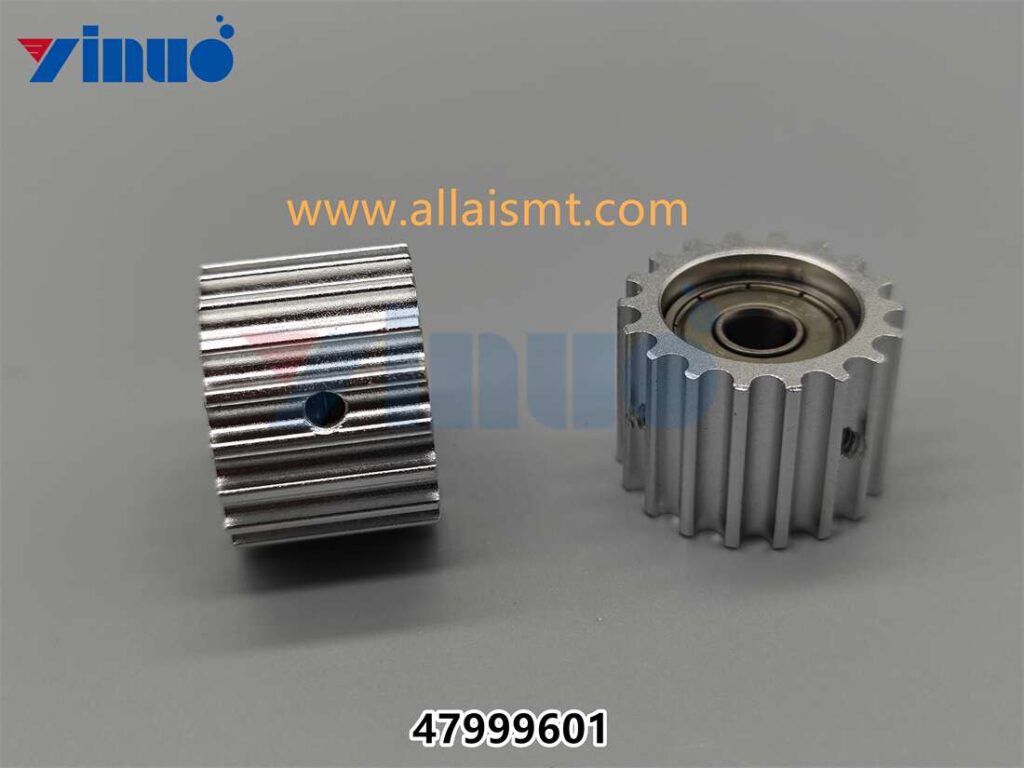Innovative technologies that are constantly innovating in the medical industry are reshaping many aspects of health and medicine. From AI-based displays to implantable devices, medical technology (or commonly known as “MedTech”) has obtained a large number of patent applications in the past 20 years or so.
The industry shows no signs of slowing down either-the latest innovations help to cope with several challenges such as population aging and long-term disease management.
More and more, we see that the functions of new medical technologies push the limits of the design and manufacturing process. As devices and devices become smaller and smaller,
Smaller size (with enhanced functions at the same time), so must its electronic components.
Thanks to the progress of technology, it is now possible to manufacture PCB designs that are smaller, denser, more reliable and more powerful than before. In the past, most parts were designed using through-hole technology (THT), and it was rarely found that the pin pitch of parts was less than 0.1 inch. Now, it’s hard to find parts that only use THT and have such a long pin pitch. For example, a component such as a micro BGA uses a pin-to-pin pitch that was unheard of before.
Similarly, some discrete components will completely disappear from the outer surface, but will be placed in the inner layer, which makes it possible to restore important areas of the outer surface. This is especially common in resistors, which have been laminated to various internal layers with special materials in many high-density designs.
Looking forward to the future, 3D printing will further develop PCB by allowing the substrate to be printed layer by layer before adding liquid ink with electronic functions on the top.
As a result of these advances, medical PCB design has begun to play an increasingly important role in the fields of medical care such as diagnosis, treatment and monitoring. For a long time, PCB has been used in medical imaging systems such as CT, CAT and ultrasonic scanners, as well as computers for compiling and analyzing images. Similarly, heart rate, blood pressure and blood sugar monitoring devices all rely on electronic components such as PCB to obtain accurate readings.
Now, we also see that PCB is implanted or ingested in more and more internal medical devices (such as pacemakers, complex neuroprosthesis and gastrointestinal system tracking devices). For example, a pill-sized PCB camera composed of an image sensor, an aperture and a lens can be mounted on a board. Then, patients can swallow these ingredients to take digital images and videos of digestive tract.
Medical PCB must pay special attention to the reliability when designing and developing these boards, because the failure may be crucial to the health of patients. In many cases, PCBs must also meet strict hygiene standards, especially those used for implants.
Various additional steps (such as copper plating, surface metallization and ink application) can help to produce reliable and repeatable plates. By shortening the circuit path, embedded components can usually improve the performance of high-speed circuits in PCB.
In order to further reduce the scale of medical technology, we also began to see the trend of flexible electronics products. These next-generation components are crucial for creating complex devices that can fit into smaller physical spaces, such as those deployed in the human body.
Most devices achieve flexibility by patterning metals and semiconductors into flexible structures or using extensible materials (such as conductive polymers). And transistor integrated circuits can also be made of threads and used in combination with thread-based sensors to create fully flexible multiplexing devices. These “soft electronic products” can then be woven into fabrics, worn on the skin, or (theoretically) surgically implanted into the skin, heart and even brain tissue.
Fully flexible electronic equipment can realize a wide range of applications without affecting functions. For example, electronic medical tattoos and stick-on sensors can check vital signs and easily transmit the results via Bluetooth. Similarly, smart contact lenses can be filled with thousands of biosensors and are carefully designed to obtain early indicators of diseases such as cancer and other diseases.
Wearable PCB devices (which can measure anything from people’s pulse and heart rate variability to their blood pressure and breathing rate) are also making full use of soft electronic devices. These types of technologies have been helpful in diagnosis, enabling patients and medical practitioners to monitor the condition for a long time without regular testing.
So, this is what happened now. However, in MedTech, what is the future prospect of electronic products? About 150 years ago, people often died of diseases that can be easily treated (and prevented) today. However, the emergence of modern medicine has effectively doubled the average life span of human beings from 40 years to 80 years in more than a century.
Thanks to the latest development of electronic technology, we are likely to see the technology in the medical field continue to prolong our service life. After all, robotic prostheses are already in use, and robotic organs are currently being developed, such as an artificial pancreas that automatically administers drugs to control diabetes.

